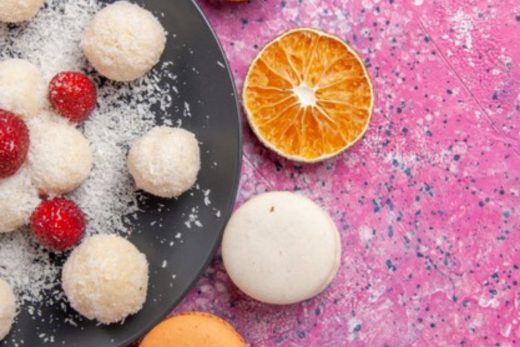At Osakana, Haraguchi’s idea of what it means for a specific fish to be sashimi-grade depends not just on the safety of the fish, but also on its quality. First, Haraguchi does not source any farmed fish. (Farmed fish, he says, tastes more like fat and less like the fish itself, due to the feed it’s raised on, so he avoids it.) Instead, he sources wild, local fish, and his suppliers know that he intends to sell that fish as sashimi. This gives Osakana the benefit of securing some very fresh fish that has been handled in such a way as to minimize bruising of the flesh. The trade-off is that Haraguchi and his staff—and their customers—have to be flexible, depending on what’s available.
The fish Osakana receives is never allowed to stay whole overnight. Instead, it is scaled, gutted, and de-headed; carefully washed in running water; and filleted. Some fish undergo further treatments in order to make the skin edible—for example, the skin on Spanish mackerel is torched, and boiling water is used to blanch porgy skin in a process known as yubiki—while others are skinned. The fillets are then allowed to air-dry in a refrigerator designed to maintain a controlled temperature and humidity level to reduce the moisture content in the flesh, a process sometimes referred to as “aging.” “Taking the moisture out is sanitary, and it makes the fish more flavorful,” Haraguchi says, noting that “a lot of people make the mistake of packing fish right after it’s filleted, and there’s a lot of moisture still left, whether it’s from the fish or from the water used to clean the fish.” After the fish has sufficiently dried, it’s frozen in a super freezer to kill parasites. “Of course, freshness is important,” Haraguchi says, “but the most important thing is how it’s handled the closer it gets to the table or the customer.”





